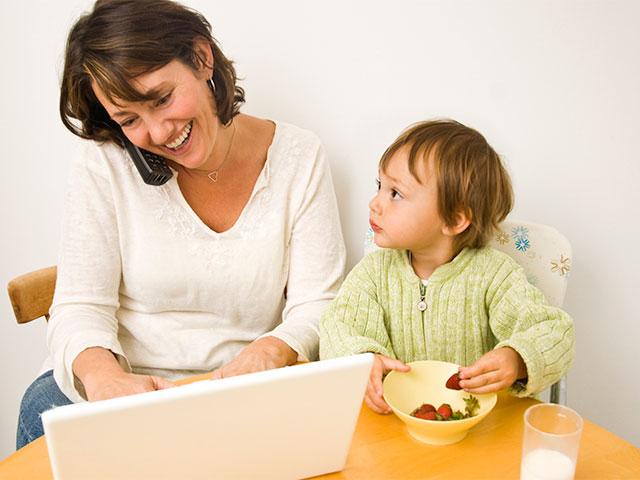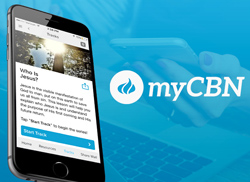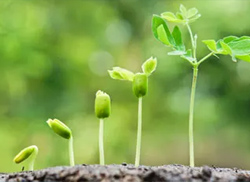A Parent's Guide to Poison Prevention

Want solid Bible Teaching for Kids? See Superbook Now!
Because of young children’s curiosity and their unique behavioral patterns (e.g., hand to mouth activity), it is not surprising that over half of the 2 million cases of poisonings reported to poison control centers each year involve children less than 6 years of age.
Children like the attractive packaging and good smells and are drawn to the colorful substances of many of the products found around the home.
Poisoning can occur at any time and in any place (e.g., your own home, while visiting relatives). And many everyday household items and medications that are often not thought of as dangerous can cause harm to a young child including:
- Aspirin
- Automatic dishwasher detergent
- Cigarette butts
- Iron
- Toilet bowl cleaners
Some of the Most Dangerous Poisons
- Antifreeze
- Car wheel cleaner (with hydrofluoric acid)
- Carbon monoxide
- Certain medications (e.g., certain antidepressants, heart medications)
- Drain cleaners
- Hydrocarbons (e.g., gasoline, kerosene, lamp oil)
- Pesticides
- Windshield washer fluid
Poison prevention takes very little time, at little cost, and is crucial in protecting the health of our children. Although child-resistant containers have played a significant role in the reduction of illness due to poisoning, other specific prevention strategies are essential to avoid poisoning injuries.
The poison prevention tips below are important in minimizing illness and death in children as a result of accidental poisoning.
Twenty Poison Prevention Tips
- Keep all household products and medicines locked up, out of sight and reach.
- If the door or phone rings when you are using a potentially harmful product, take it with you or put it out of the child’s reach first. Don't turn your back on a child when a poisonous product is nearby. Most poisonings occur when the product is in use.
- Be careful with distraction from your usual supervisory activities.
- Use child-resistant packaging properly by closing the container securely after each use. Child resistant does not mean child proof.
- Use child-resistant locks on cabinets and cupboards containing medicines, toiletries, household cleaners, and garden products.
- Keep the poison in its original container. Do not use food containers such as milk jugs or soda bottles to store household and chemical products.
- Keep the poison stored in a different cupboard from food products. Many poisonous products look alike and come in containers very similar to drinks or food. An example of this is apple juice and pine cleaner.
- Keep handbags out of reach of children. Only store one day's supply of medication in your handbag.
- Discard old or outdated household and chemical products.
- Communicate with other household members when a medication is given to a child in order to avoid unnecessary repeat dosing.
- Always turn the light on when giving or taking medicine so you can see what you are giving your child.
- Always read the label and measure the dose of medication to be given carefully.
- Avoid taking medicine in front of children.
- Pesticides can get through the skin and can be extremely toxic. Keep children away from areas that have recently been sprayed.
- Know the name of the plants in your home and in your yard. Label all of your plants. If you are having difficulty identifying a plant, take a sample to a nursery for identification.
- Teach your children not to eat mushrooms growing in the yard. Some of these mushrooms can be poisonous.
- Teach your children not to eat leaves and berries that grow in the yard. Do not assume a plant is safe to eat if you see wild animals eating it.
- Have your regional poison control center send you a list of poisonous and non-poisonous plants.
- New recommendations from the American Academy of Pediatrics advise that parents should not use Syrup of Ipecac routinely as a poison treatment intervention in the home.
- Take time to teach children about poisonous substances.
Don’t call medicine candy. Medicines and candy look alike and children cannot tell the difference. Keep the telephone number for your regional poison control center near your telephone (1-800-222-1222).





